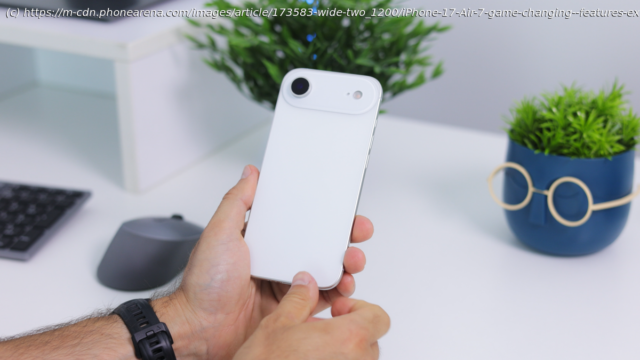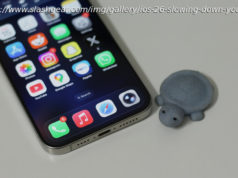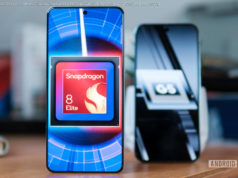Apple’s next smartphone star is almost here, so let’s see what it’s all about.
Apple is about to launch a first-of-its-kind phone – the super-thin iPhone 17 Air – in less than two weeks. Expect it on September 9. Tim Cook and Co. are putting an end to the Plus model in the upcoming iPhone family and the new Air will serve as a substitute.
Like the iPad Air models, the iPhone 17 Air will sit between the «vanilla» iPhone 17 and the hardcore iPhone 17 Pro and iPhone 17 Pro Max models in terms of price and specs. Notable pros and cons are expected and we should address them.
What’s unique about the iPhone 17 Air is that it’s going to be a really sleek handset, one that arrives with an extremely thin chassis. Apple is obviously going toe to toe with arch-rival Samsung and its Galaxy S25 Edge, another super-thin phone.
So, let’s see what the iPhone 17 Air is all about and recap the hottest rumors out there.
The most outstanding feature of the new model is going to be its razor-thin chassis. Based on preliminary information, the iPhone 17 Air will be thinner than the Galaxy S25 Edge:
*expected
There isn’t a consensus on the question of exactly how thin the iPhone 17 Air will be, but it could arrive at 5.44 mm or 5.5 mm thick – either way, it’s expected to beat Samsung’s sleek Edge model.
On paper, the difference between 5.44 and 5.8 mm is not that great, but maybe in real life it’ll be noticeable by some. On the dummy units pictured above, the Air model is definitely thinner.
Now that we’ve «seen» the iPhone 17 Air on the outside, what about its internals?
The phone is expected to be equipped with a modified version of the A19 Pro processor. The slim flagship could share the same core chip as the iPhone 17 Pro and iPhone 17 Pro Max but with reduced graphics capabilities.
Traditionally, Apple has limited its Pro-series chips to the higher-end iPhone models, while the standard editions use non-Pro processors. However, reports about the iPhone 17 Air suggest Apple may be adjusting that strategy. Of course, do take this with a grain of salt, as the phone could launch with the standard A19 inside.
Also, the iPhone 17 Air could become the second iPhone (after the iPhone 16e) to use Apple’s own C1 5G modem instead of Qualcomm’s, and despite earlier concerns that this chip might block MagSafe, it’s expected the Air will still support it.






